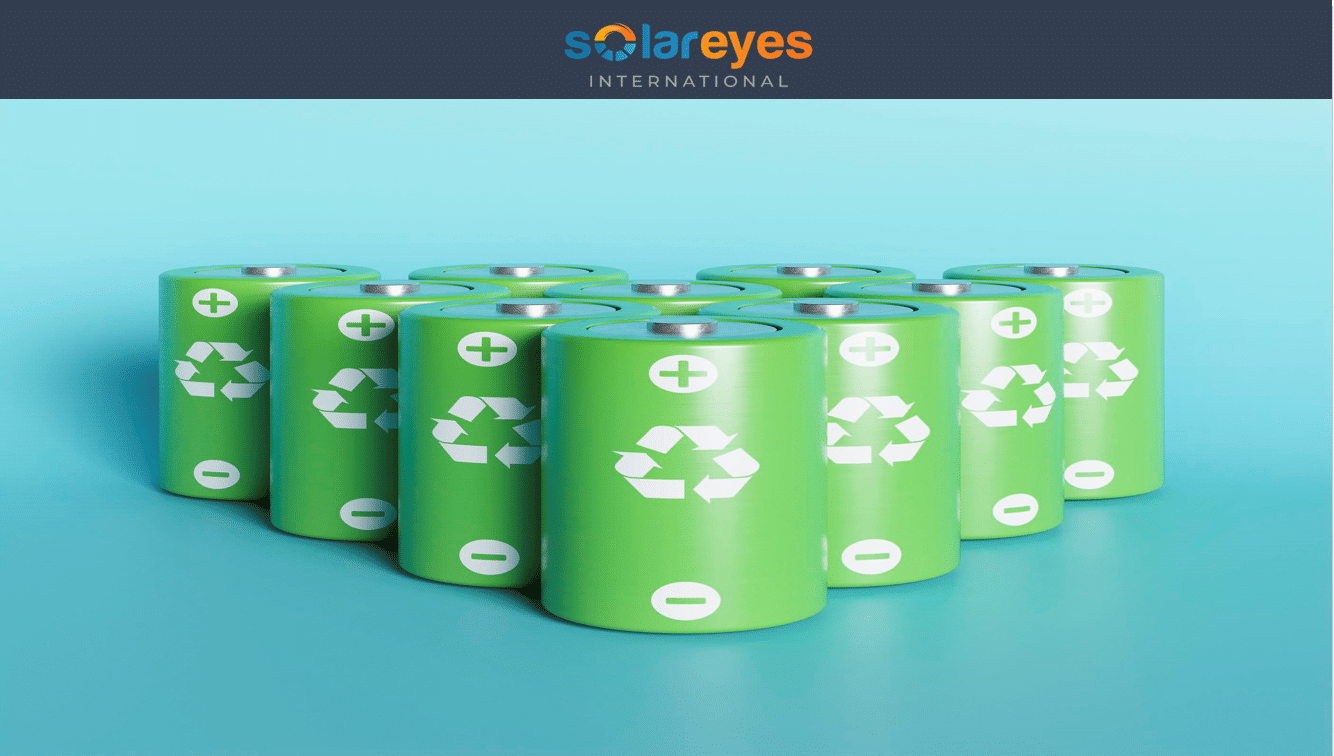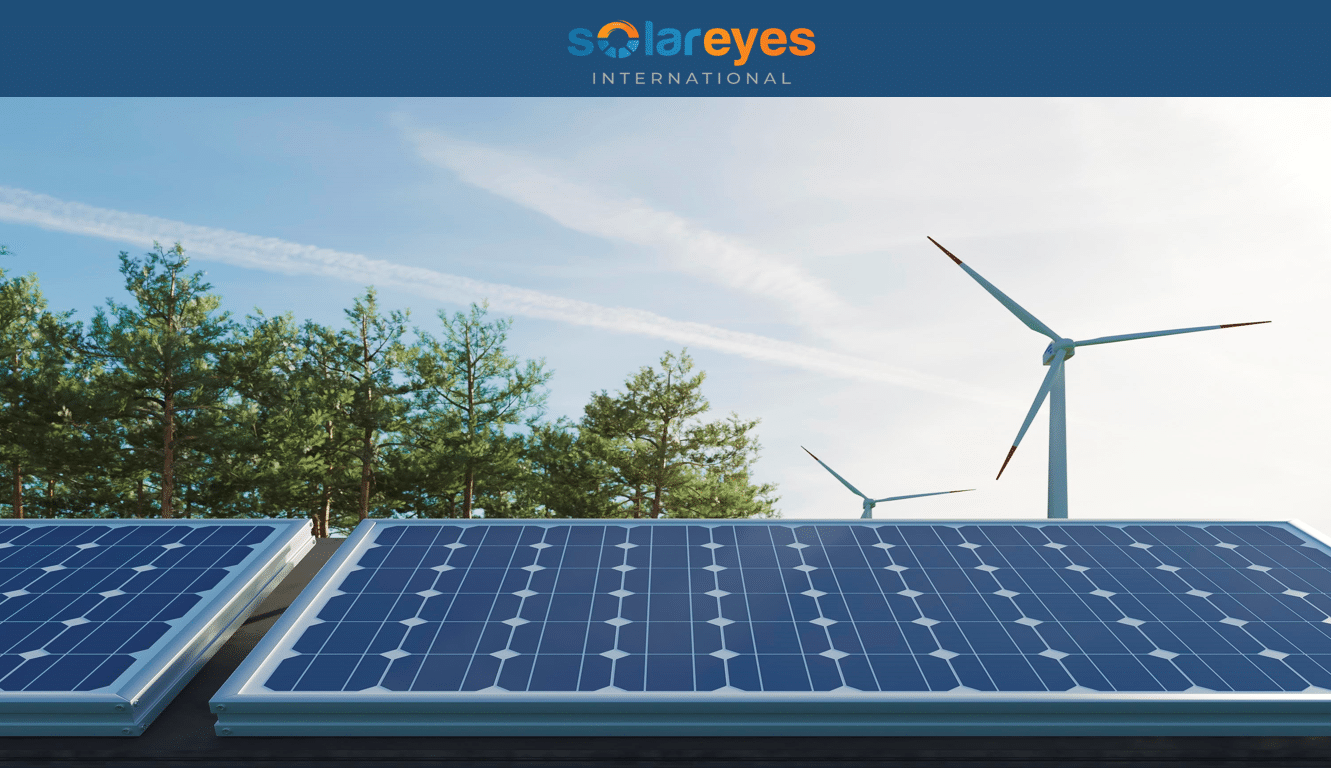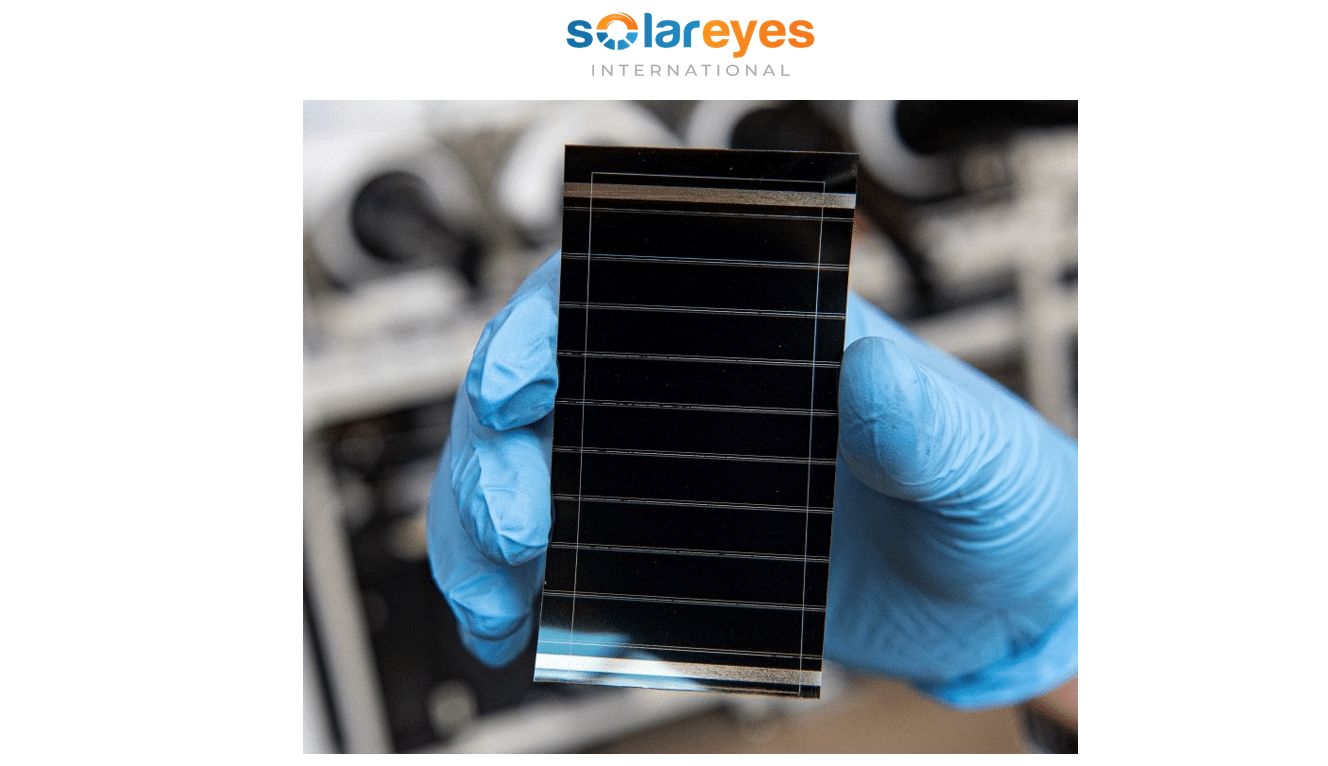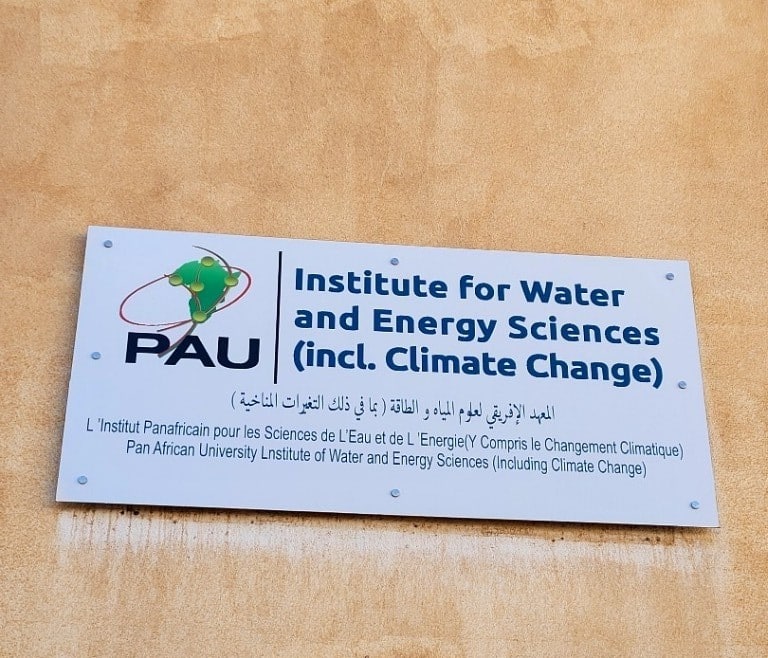The Future of Energy Storage and the Nations Leading the Way

Introduction
Energy storage is playing a big role as the world continues to move towards renewable energy sources. With the help of energy storage technology, we can store renewable energy as it is produced and release it as needed, resulting in a more dependable and adaptable system.
In this article we shall examine the future of energy storage and how it can aid in the energy transition.
Energy Storage at a Glance
Lithium-ion batteries are the most popular energy storage technology currently in use. These batteries are commonly utilized in stationary storage applications, including as home and commercial solar systems, and electric cars.
To accommodate the increasing need for energy storage, various types of batteries are being created and enhanced.
SOLAR PV MODULE MANUFACTURING PROCESS EXPLAINED – from solar cells to solar panel
Flow batteries are one technique that shows promise. These batteries generate electricity by pumping two distinct liquids via a membrane. Flow batteries are appealing because they are simple to scale up and last longer than conventional batteries.
Large-scale grid storage initiatives, including the 100-megawatt Hornsdale Power Reserve in Australia, are already using them. Solid-state batteries are another new technology. These batteries are safer and longer-lasting than conventional batteries because they use a solid electrolyte rather than a liquid one. They may also be more energy-dense, which means that they can store more energy in a smaller volume.
Toyota and BMW are only two businesses making investments in the creation of solid-state batteries for electric vehicles.
Although lithium-ion batteries are the most popular energy storage technology right now, there is always opportunity for development. To develop batteries that are more potent, durable, and affordable to manufacture, researchers are investigating novel materials, designs, and production techniques.
SOLAR PANEL LOSSES: All you Need to Know + Tips on how to avoid them
Graphene, a thin coating of carbon atoms with exceptional electrical and mechanical capabilities, is one promising substance. Batteries made with graphene may be lighter, more effective, and less susceptible to deterioration over time.
The creation of battery management systems is another field of study. These systems monitor the performance and health of batteries using software and algorithms, enabling more effective and dependable operation. We can increase battery management to increase battery life and lessen the frequency of replacements.
Nations Leading the Way on Energy Storage
Many countries and companies are investing in the development of energy storage technologies. With companies like CATL and BYD in the forefront, China is the world’s largest producer of lithium-ion batteries. The Chinese government has also established aggressive goals for the deployment of renewable energy sources and energy storage, with an aim of achieving 200 GW of energy storage capacity by 2025.
Opportunities for Solar Energy Development in Europe
Many of the top battery manufacturers in the world, including Tesla and LG Chem, are based in the United States. Through initiatives like the Advanced Research Projects Agency-Energy (ARPA-E), the government is also funding the study and creation of innovative energy storage technologies.
Germany has set a target of utilizing 80% renewable energy by 2050 and is a leader in the development of renewable energy technologies. Innovative energy storage systems are being developed by German firms for home and commercial users, including Sonnen and E3/DC.
CATL has recently announced a 40% leap in energy density with their new “condensed matter” battery. It’s the biggest leap since Lithium-Ion batteries were introduced in the 1980’s.
The Future of Energy Storage: Challenges and Opportunities
Energy storage has a bright future, but there are still obstacles to be dealt with.
The price of batteries is one of the main challenges. In Future, energy storage prices will drop through research, innovation, competition and specialization so we will have the best technologies for each area, that is grid, electric vehicles (EVs), aviation, electronics, etc…. New chemistries, technologies and configurations will continue to improve batteries at about 3% a year, lowering costs at about 5% a year until we have really GREAT batteries.
Lithium-ion batteries are still more expensive than conventional fossil fuel-based power generation, despite recent dramatic reductions in their price. It may be difficult to scale up energy storage systems to the level required to meet the world’s energy demand due to this cost disparity.
The supply of essential components, such cobalt and lithium, required to make batteries, is another problem. There are worries regarding these commodities’ availability and the effects of mining on the environment because they are largely extracted in a small number of nations. Lithium is primarily extracted from a few countries, including Australia, Chile and Argentina.
10 Surprising Ways Solar Energy Can Save You Money Today!
Cobalt is primarily mined in the Democratic Republic of Congo (DRC), which accounts for over 60% of global production. There are concerns about the human rights and environmental impact of cobalt mining in the DRC, and efforts are being made to improve working conditions and environmental practices in the industry.
However, there are also opportunities to overcome these challenges. One opportunity is the development of recycling technologies that can recover critical materials from used batteries. This can reduce the need for new mining and help create a more circular economy for batteries.
Conclusion
Energy storage technologies have a crucial role to play in the transition to a more sustainable and reliable energy system. As we continue to explore new materials, designs, and approaches, we can look forward to a more efficient and cost-effective energy storage system that can help power the world for generations to come.
With the right investments in research and development, we can accelerate the adoption of renewable energy and build a cleaner and more resilient energy system.
————-THE END—————-
This article was written by Shqipe Asani who is a SolarEyes Contributor. More information about SolarEyes Contributors can be found on this link: https://solareyesinternational.com/solareyes-international-contributors/
FOLLOW US ON SOCIAL MEDIA
Follow us on LINKEDIN, FACEBOOK, TELEGRAM GROUP and WHATSAPP.
*** ALSO CHECK: HOW TO SIZE A SOLAR SYSTEM – 5 clear steps anyone can follow
HOW TO START A SOLAR COMPANY – do these 6 things and make money through solar
How to Identify Fake Solar Products
SOLAR PANEL LOSSES: All you Need to Know + Tips on how to avoid them
SOLAR PV MODULE MANUFACTURING PROCESS EXPLAINED – from solar cells to solar panel






